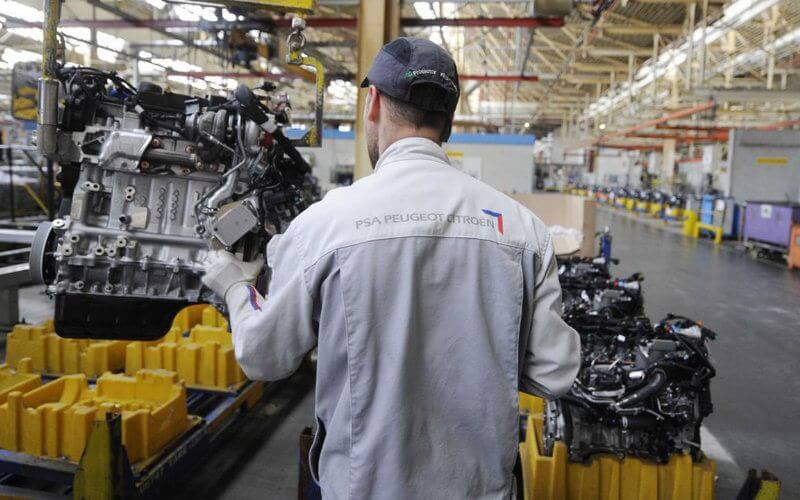Morocco’s Automotive Industry Emerges as Model for African Economic Growth

The Moroccan automotive industry must be a true model for other African countries. This is the conclusion of a recent World Economic Forum report entitled "Connecting Countries and Cities for the Regional Value Chain Integration of the AfCFTA" and carried out in collaboration with the Deloitte firm.
The Moroccan automotive industry is based on four hubs built on six ecosystems: wiring, metal and stamping, batteries, vehicle interiors and seats, engines and transmissions and truck and commercial vehicle bodies, established in partnership with major international equipment manufacturers. If these hubs are successful, it is probably thanks to the development of policies in the free zones, thus allowing companies to export 85% in addition to the exemption from production taxes and VAT on companies, as well as the active offshore banks in the Moroccan free zones for exports.
It is also thanks to the improvement of credible supply chain networks to govern logistics and possibly improve export lead times and thus productivity and co-investment in important infrastructure, the WEF report pointed out, stressing that Morocco has set up skills development programs focused on employees at various levels and ordered with production obligations in the hubs.
In the same vein, the Minister of Industry, Trade and Green and Digital Economy, Moulay Hafid Elalamy, quoted in the report, stressed that the success "can also be attributed to the leadership will to create an industry rooted in the future of mobility. In the future, we will work more on connected vehicles and continue to build ecosystems in this direction." The report also highlighted that Morocco has managed to develop its local production capacity, with 50 specialized companies creating more than 148,000 direct jobs between 2014 and 2019. As well as an annual production of over 400,000 vehicles with 40% integration.
Related Articles
-

Spanish Tourist’s Tearful Farewell to Morocco Sparks Social Media Sensation
17 August 2025
-

Mamounia: Morocco’s Legendary Hotel Where World Leaders and Diplomacy Flourished
17 August 2025
-

Morocco’s Wedding Industry Faces Crisis as Summer Celebrations Plummet
17 August 2025
-

Moroccan Dirham Surges Against Dollar as Official Reserves Hit 408.5 Billion
16 August 2025
-

Morocco Overtakes South Africa as Africa’s Automotive Powerhouse: Stellantis’ $1.4 Billion Boost
16 August 2025